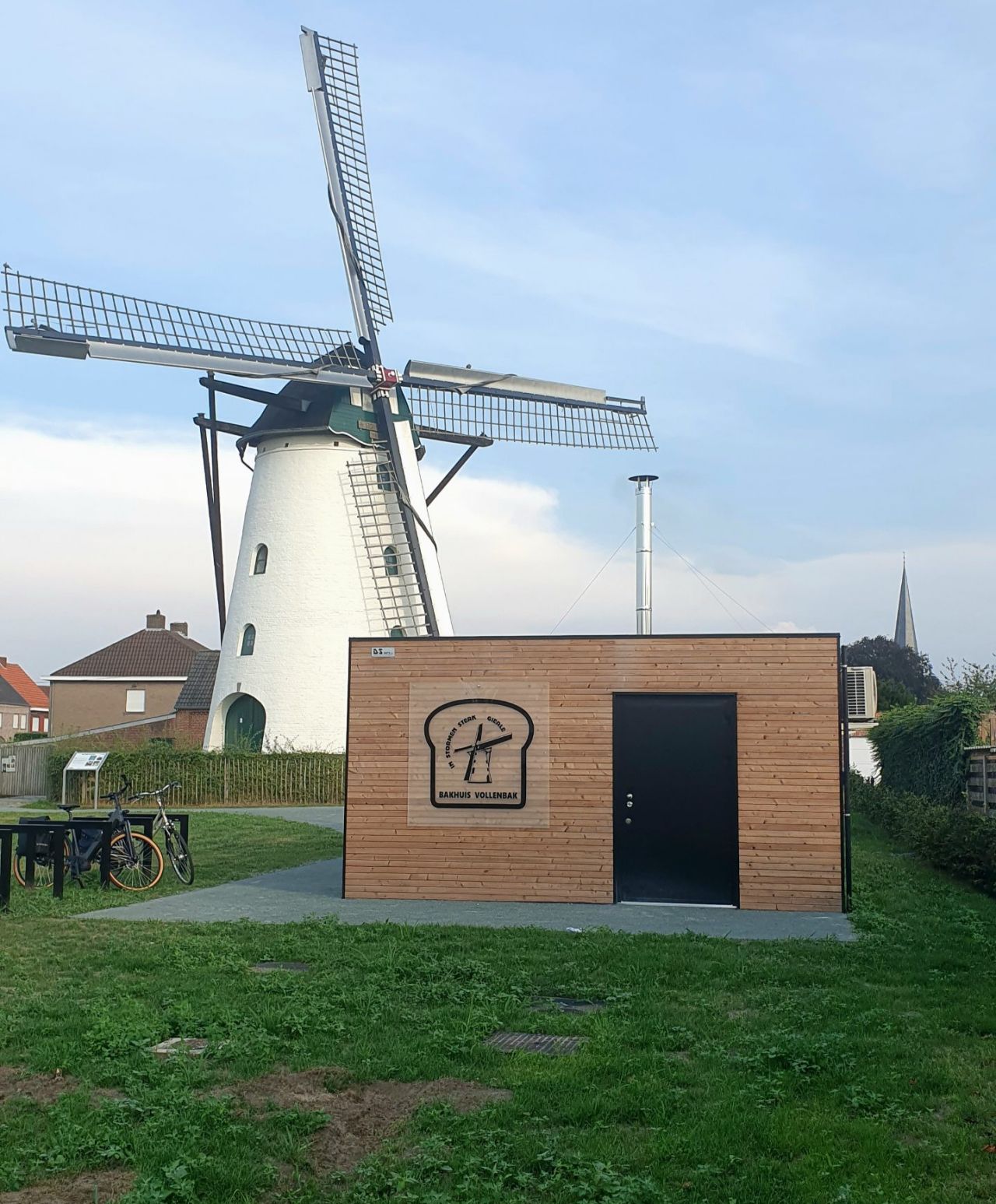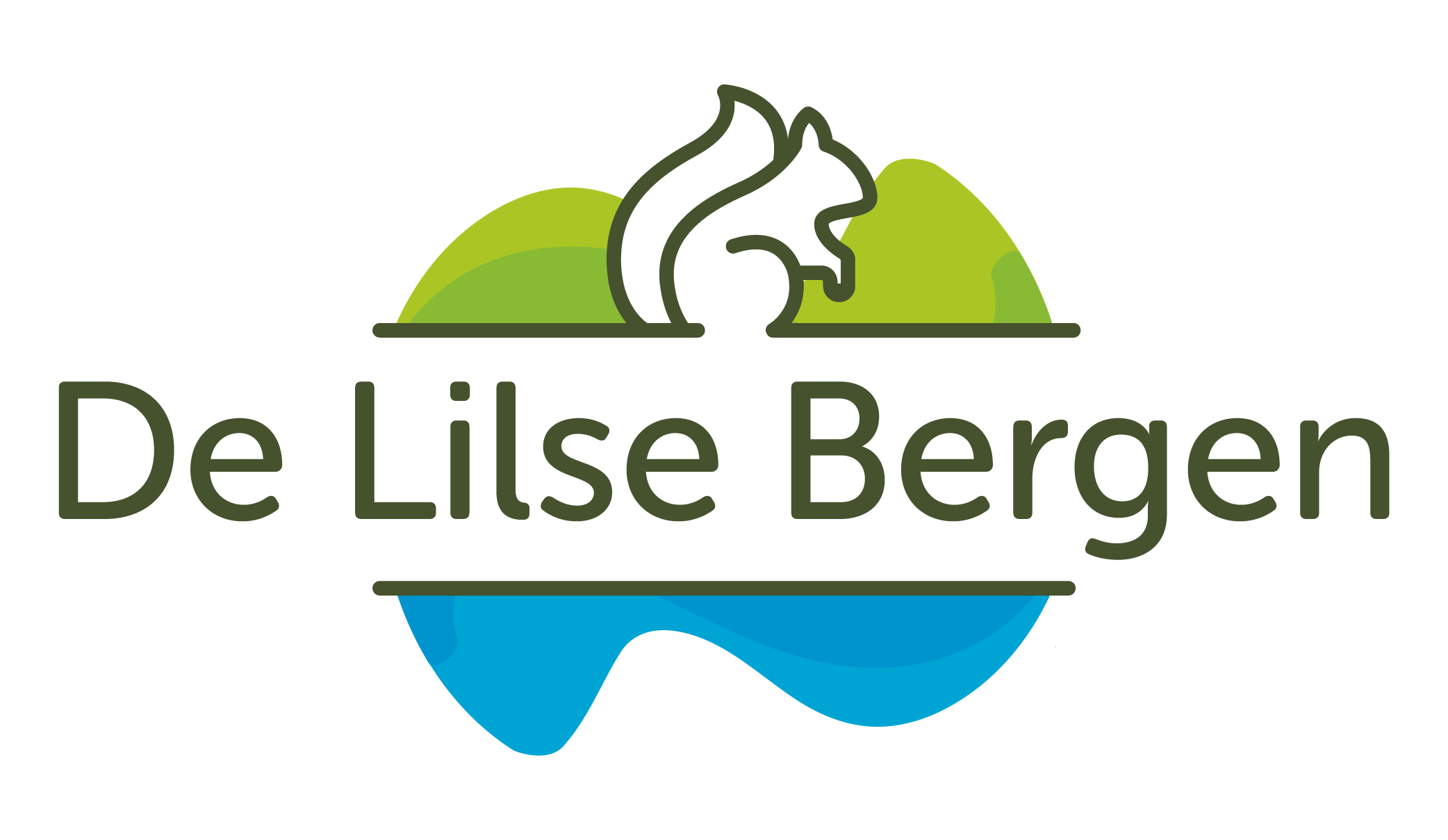To the Windmill of Gierle

You first cycle through Het GielsBos. On the other side of the E34, you reach the larger Grotenhoutbos. In 1667, forest ranger Adriaan Ghijs planted the first pine tree in the Kempen sand soil here. The forest itself dates back even further, but that first pine was indeed a turning point. Pines are not native trees in the Kempen; however, this species turned out to grow well in the poor sandy soil of the Kempen. Due to the high demand for wood for mining, forestry in the Kempen experienced a resurgence from the early 20th century onward, as massive amounts of beams were needed to support the mine shafts.
The route then takes you to the valley of the Aa. The small river has a rusty brown color, which is due to iron-rich sediment in the soil.
You won’t be surprised to learn that the village center of Gierle is protected. The church, with its old walled cemetery and a cluster of chestnut trees, the old town hall with the ancient village pump, and several listed village houses are all photogenic. In the courtyard of the old gin distillery (next to the church), a summer bar welcomes thirsty cyclists. At other times, there is always the old tavern "In den Eik."
The pride and joy of Gierle is "In Stormen Sterk," the windmill that was named so. A windmill has stood on this spot since 1499. Above the entrance, you can read the year in which the current mill was built: 1837. Every last Sunday of the month, volunteers open the mill for visitors.
Where a windmill stands, it can get quite windy, even for cyclists. Fortunately, the recreational area of De Lilse Bergen is nearby.
